Since the 1950s many people have felt that we are right on the cusp of the Space Age. But it just isn’t happening. Sci-fi writers thought that we would have massive space stations and space industry by now. The technology depicted in 2001: A Space Odyssey looked as far off in 2001 as it looked when the film was made in 1968.
My favorite space colonization idea is the O’Neill Cylinder. Proposed by Gerard K. O’Neill in 1976, the idea is that you could rotate a giant cylinder to create artificial gravity. If you were standing inside, the centrifugal force would push your feet to the ground and it would feel exactly the same as gravity feels on Earth.
Steel is strong enough to build a cylinder 20 miles long with a 4 mile diameter. That gives you an internal area of pi * 4 * 20 = 251 square miles.
251 square miles to be filled with grass, trees, lakes and houses!
At first it might seem anti-climactic to live in a space station rather than colonize another planet. But remember that the combined surface area of Venus and Mars is only about 15% larger than Earth’s surface area. Even if we fully terraformed Venus and Mars we would have barely more than two Earth’s worth of living space. But the Moon and Mercury contain enough metals to build so many O’Neill cylinders that we would have thousands of Earths worth of living space.
I hope that thousands of Earth’s worth of O’Neill cylinders is humanity’s future, but it raises a question. If we’re going to build our own living space in the future, why not start by building our own living space here on Earth right now? 71% of the Earth’s surface is ocean. If we want new lands, we can build them out of floating islands!
An libertarian group called the Seasteading Institute has already successfully deployed floating houses in deep ocean.
Part of the motivation to go to space right away seems to come from the idea that the Earth has already been fully explored and settled. But that is not true! If you want to settle an alien world, you can colonize Antarctica. Siberia, the Sahara Desert and Northern Canada are almost entirely empty. And there are other parts of Earth which have been reached by humanity, but not by civilization. There are places that no living person with an IQ above 90 has ever seen. The age of exploration and discovery did not end because we ran out of room on Earth. It ended because of a curious philosophical and psychological phenomenon: the West lost confidence in itself.
Historically, the drive to settle new lands has come from three factors: Food, living space, and to escape bad neighbors.
Food
For most of history, if you wanted a larger population, you had to acquire more land to grow more food. Modern technology has made land less and less important for food production. Thanks to the innovations of agricultural scientists, farmland is far more productive today than it was 200 years ago. Hydroponic farming inside city buildings is already economically viable for high value crops like leafy greens, herbs and berries. Chinese factory farms are already putting pigs in high-rise buildings. If lab-grown meat becomes viable, it will allow the creation of huge amounts of meat with very little land use. So food is no longer a motivation to settle or create new land. When we eventually build O’Neill cylinders so that we can live in space, the need for agricultural land won’t be a motivating factor.
Escape Bad Neighbors
In pre-history it was common for a tribe to be driven out of their lands by a stronger tribe. The Puritans came to North America because they were not getting along with their neighbors in Europe. This has not ended in the modern world. In the mid twentieth century White Americans fled cities and built suburbs because they were forced out of the cities by hostile ethnic groups. Their property rights had been invalidated by ruling class judges and they were forced out with threats of violence. The despicable men who organized the ethnic cleansing were called “blockbusters”. One blockbuster" recounted:
Now we speculators and brokers, both white and Negro, really went to work… Another arranged to have phone calls made in the block for such people as "Johnnie Mae." Sometimes calls would consist only of a whisper, a drunken laugh or a warning—such as, "They're coming!"
Even when someone leaves a city for the mundane reason of wanting low rent, they are really escaping bad neighbors. The rent is so high because cities are dominated by leftist politicians who regulate buildings to the point that it is impossible to build new housing.
However, at this time, going to space is not at all a reasonable way to escape bad neighbors. There is still so much empty land on Earth to move to. And any group with the resources to build a giant space station could buy enough political and lobbying power to win any disputes with its bad neighbors.
Living Space
When we eventually build colonies in space, the main motivating factor will be living space. People don’t like to live in crowded conditions. Places with very high population density tend to have low birth rates. Like many other animals, humans don’t breed in captivity. If the Earth’s population continues to grow, low-density suburban and rural lifestyles will become luxuries of the rich.
Furthermore, conservatives should be wary of urbanization because city life tends to produce left-wing sensibilities while rural life tends to produce conservative sensibilities. Left-wingers would say that city-dwellers are more left-wing because they are more intelligent and educated. Conservatives would say that city-dwellers are more left-wing because the highly unnatural and evolutionarily novel social environment of cities damages city-dwellers’ mental health and causes their social instincts to misfire.
In the near term, we can build a lot more living area without going to space. We can build high-rise buildings on Earth. If we want low-density lifestyles we can cap the number of apartments per floor.
We could also use some whole floors as nature reserves! Singapore already has a rule that skyscrapers must replace or augment lost ground greenery with greenery on the side or rooftop of the building. Apartment complexes could have entire floors of wild land for hiking and camping. How much “wild land” floor space would we need?
How Much Wild Land Do You Need Per Person?
According to camperchamp.com the average American camper spends 6.7 nights per year camping. 88 million North Americans camped in the last year, or 23% of the total North American population.
If the people in our high-rise building enjoy spending time in nature at the same rate as current Americans, then they will want 1.54 nature days per person per year (6.7 nights per year * 23% of North Americans who camp).
Years ago I went backpacking through Ozark National Forest and it was not crowded at all. We only saw one other group of backpackers. It has an area of about 1.2 million acres and receives 2.6 million visitors annually. I’m pretty sure that nearly all visitors spend time in a small portion of those 1.2 million acres, so you could do even better if you spread people out throughout the whole park. But even taking the 1.2 million acre number at face value, it would be feasible to create a similar national park setting inside a high-population apartment building.
With 1.2 million acres and 2.6 million annual visitors, Ozark National Forest has 0.46 acres per visitor per year. If everyone in our building wanted to spend 365 days in nature per year, we would need 0.46 acres of wild land floor space per person which is a lot. But people don’t want to spend 365 days per year camping! As we saw above, to match the camping rate of current Americans, we need only 1.54 nature days per person per year. So the amount of wild land floor space
We want 1.54 nature days per person per year. So the amount of wild land floor space that we need in our apartment building is 0.46 acres times 1.54 days per person per year divided by 365 days per year. This comes out to 0.00195 acres per person or 85 square feet per person.
The average apartment size in Atlanta is 970 square feet, so to set aside 85 square feet per person of wild land floor space, you would need to devote less than 10% of the floors to wild land.
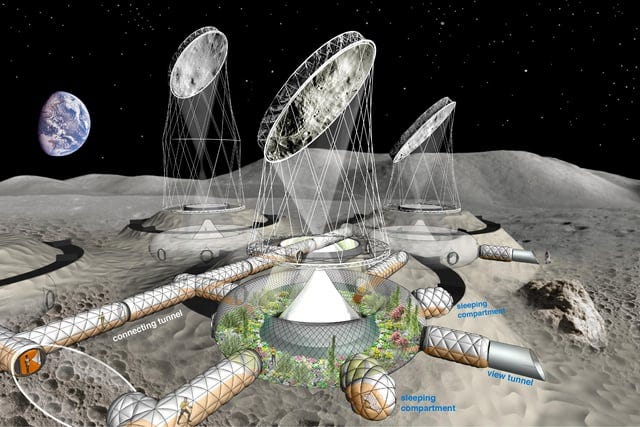
Part of the reason that people are so eager to colonize space right away is because they mistakenly believe that there is no longer any adventure to be had on Earth. They feel that way partly because of their ideological beliefs. If all races are the same, then the whole world has already been discovered and settled, and there’s no need for exploration, conquest or conversion. If our government is basically legitimate, then there are no battles left to fight here on Earth. But those ideological beliefs are false, and they are mostly just apologia for the current regime. History is not over; we’re still living in it.
Key Takeaway: We should build artificial islands, settle Antarctica and build massive high-rise buildings that contain wild land before we start colonizing space.




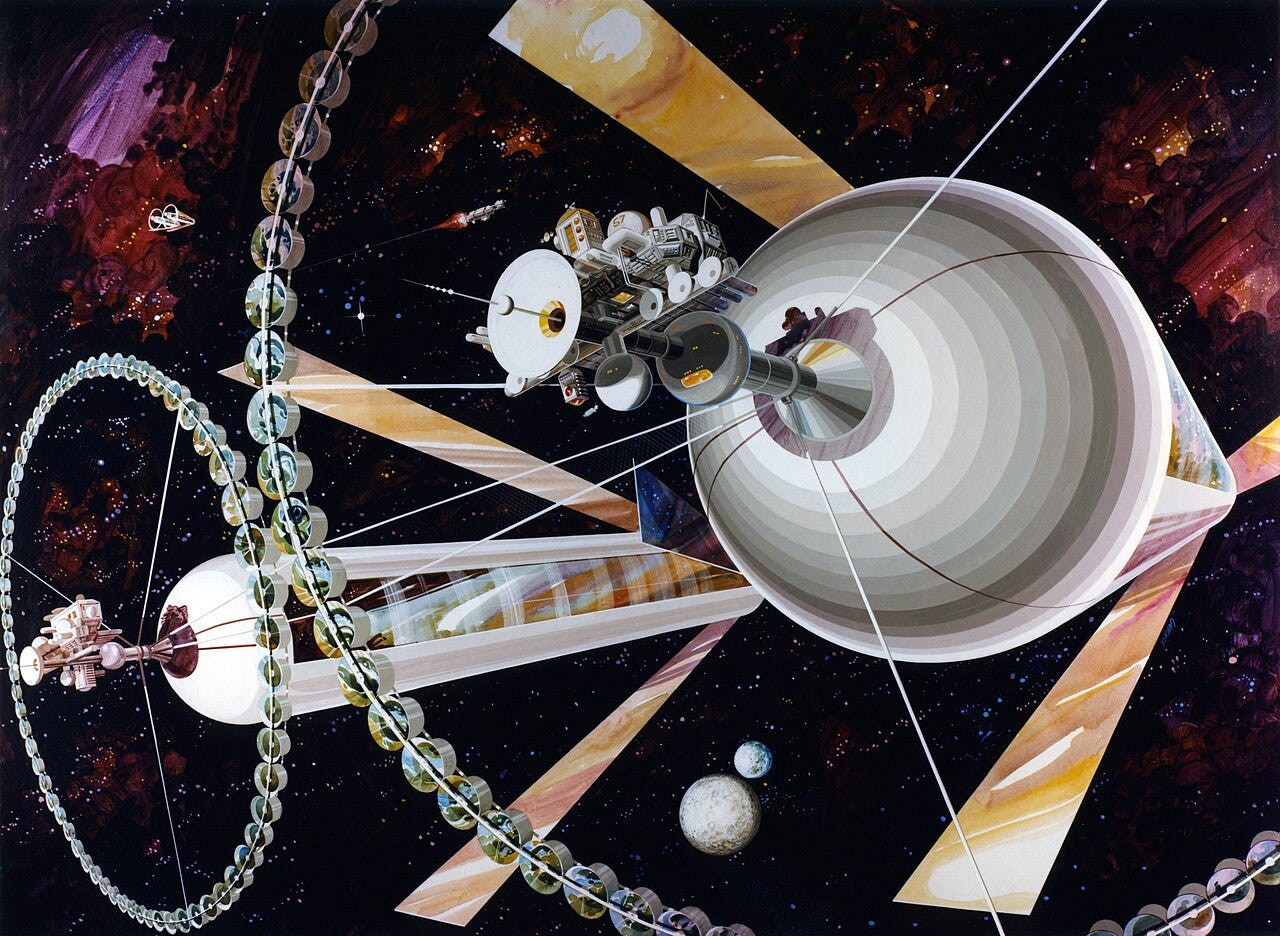
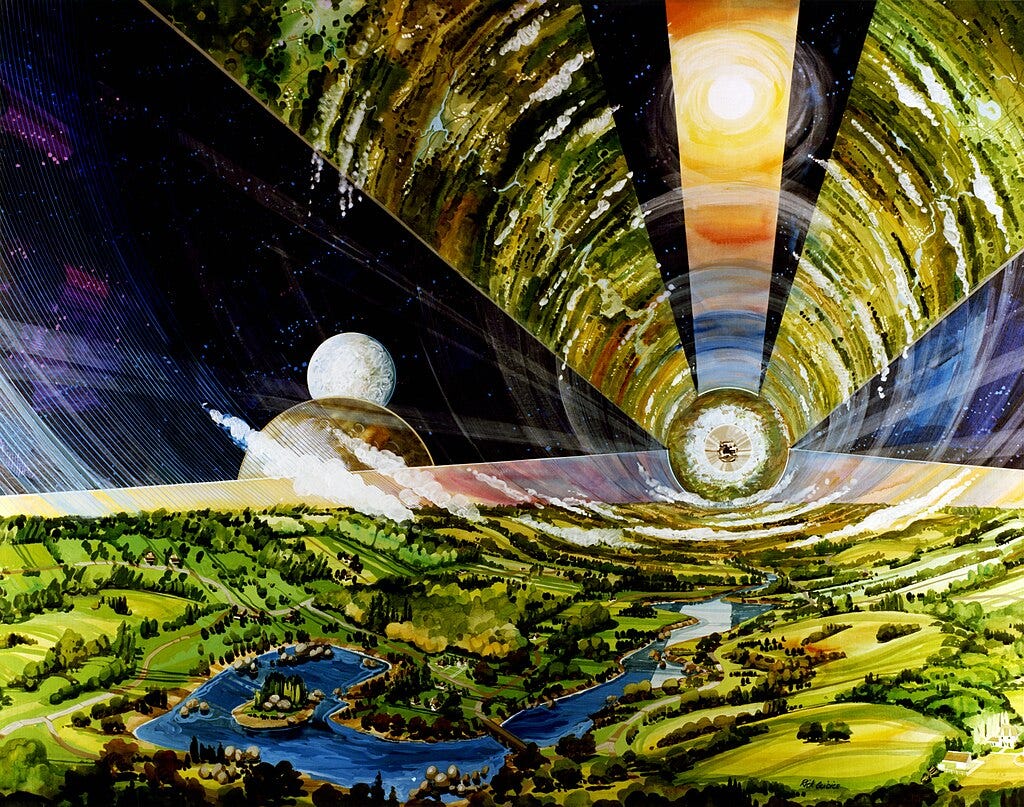
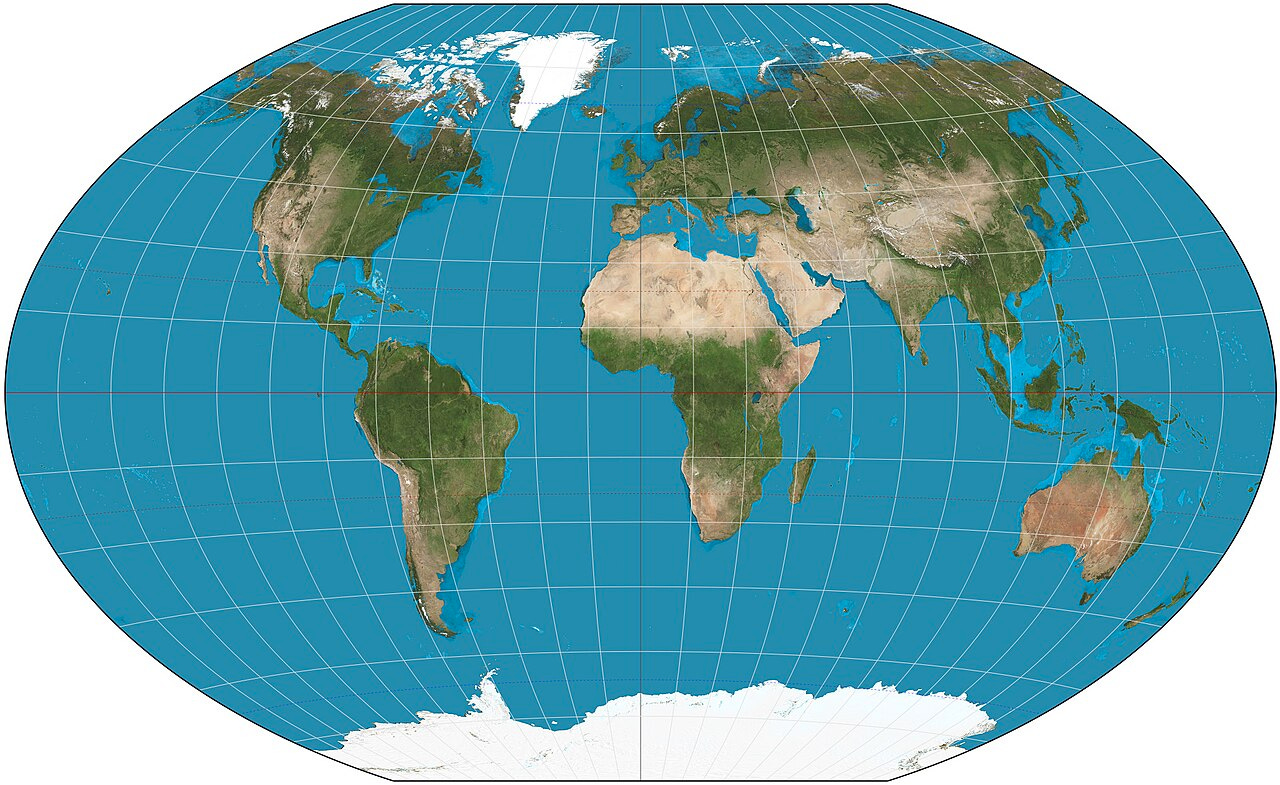
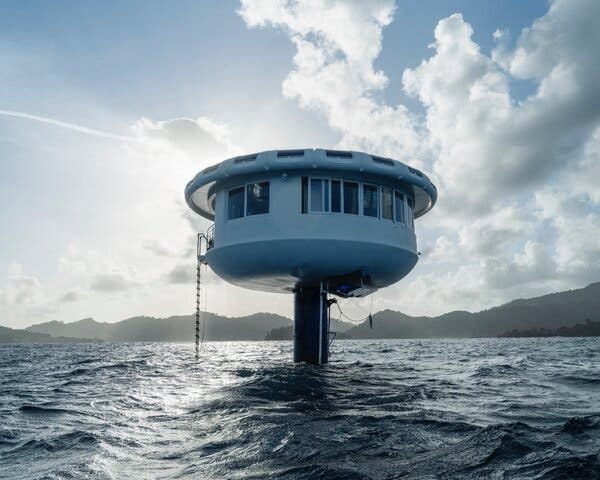


This is all fun, but I think the Mars idea isn't based on living space. It's based on diversifying humanity against X-risks. Which isn't something that interests me, or normies, much, but it has a lot of appeal to atheistic sci-fi male autists and adjacent types.
I think there's also a libertarian idea in there, an idea of starting civilization over with a clean slate. A settlement on Antarctica, even a self-sufficient one, could easily be bombed or invaded on a whim by any great power that cared to do so for anyone reason at all. But a hypothetical self-sufficient Mars colony, even if it only had a population in the thousands or tens of thousands, would quickly become practically impossible for Earth to enforce its whims upon through violence.
I love those old paintings of the O'Neil cylinders.